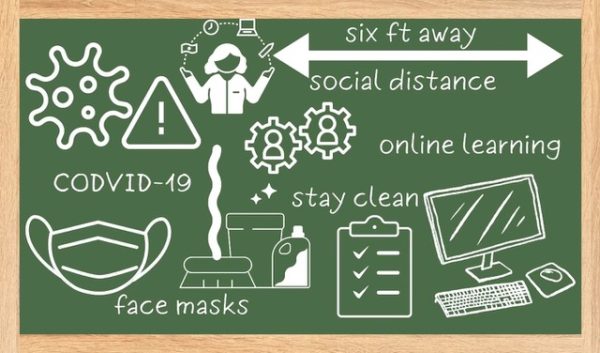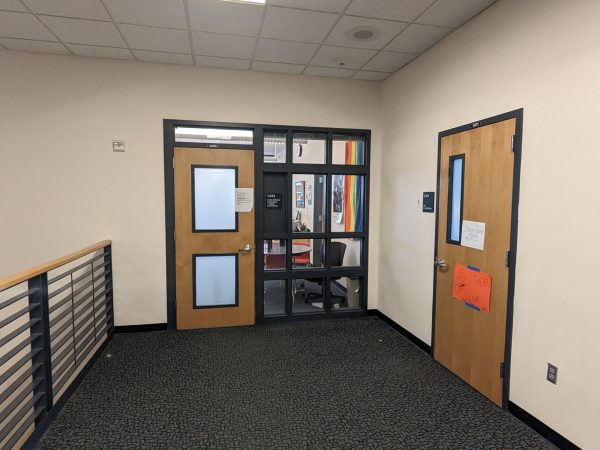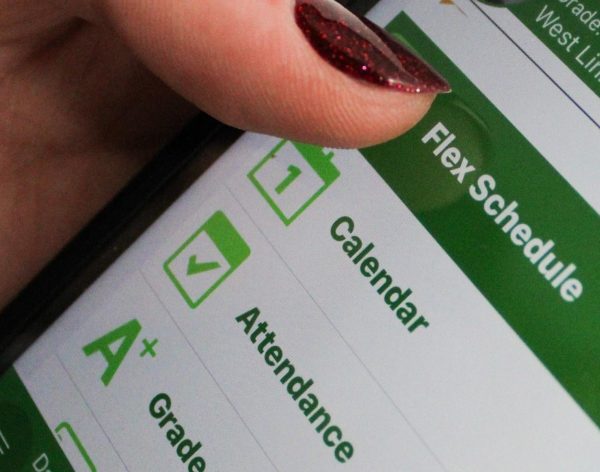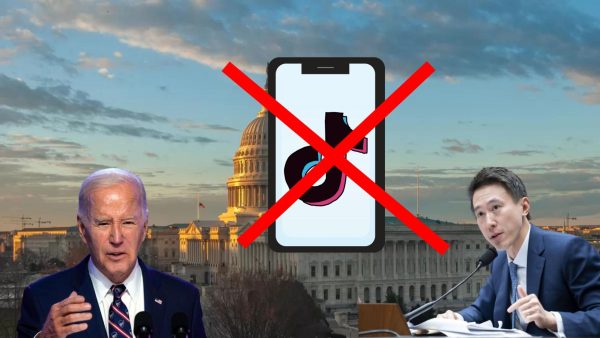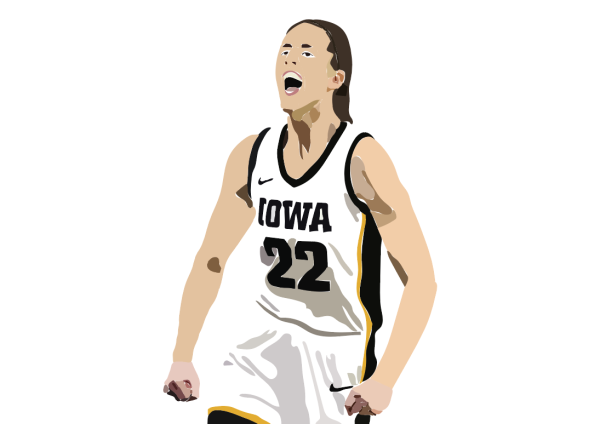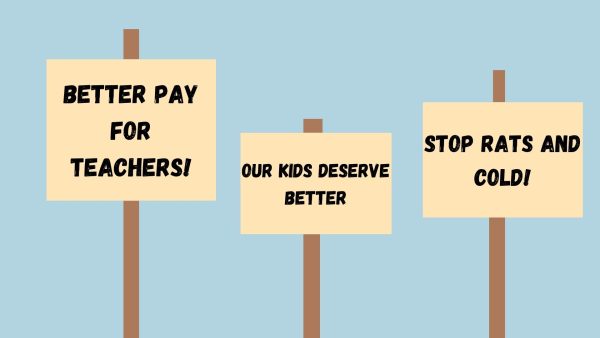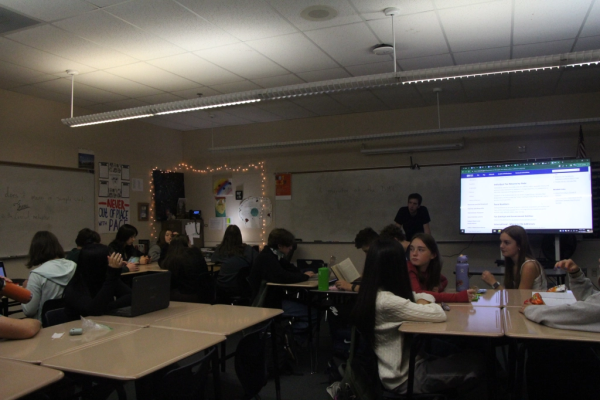Conceptual Physics can be Phun
cut from next years curriculum

Photo courtesy of West Linn High School
When conceptual physics is cut, a decision has to be made about where the students who already forecasted for conceptual physics will go. Not having much time for preparation, students who forecast for conceptual physics now will be put in physics, and then later chemistry.
“Science is not a very strong suit for me,” Megan Stewart, junior said. “So I was like, ‘I’m not ready to go into physics.’”
Conceptual physics is designed to be approachable from a basic algebraic level. The A and B separation is meant to fit the conceptual physics curriculum. Not only does this affect students, but teachers as well who have been teaching conceptual physics for years.
“Science teachers work hard to develop a strong science program, and to have a class vaporize out of nowhere–what kind of message does that send?” Anonymous teacher said.
One popular theory, the VARK model, identifies four primary types of learners: visual, auditory, reading and writing and kinesthetic. Each learning type responds best to different methods of teaching.
Visual learners prefer to see info, to visualize the relationships between ideas. Auditory learners prefer to hear information, rather than reading it or seeing it displayed visually. The reading and writing learners like to interact with text. While kinesthetic learners are best categorized by experimenting, they learn the best by doing.
“I’m a visual learner,” Maddy Tabor, sophomore, said. “I find it easier for myself if things are taught physically so I can see it.” 65% of people are visual learners, according to the Social Science Research Network.
“There’s definitely that divide between visual and physical learners,” Mason Price, sophomore, said. “And I think it’s important to keep [conceptual physics] for those hands on learners.”
The labs in the curriculum are designed to be hands on. At times you even get to go outside for labs so you can visually see the concept.
“When it comes to learning things, I’m a lot better in the hands on field,” Stewart said. “Where we’re going out and applying what we learn to something that matters in the real world.”
Some students like Price think it’s a good class to have, he believes the choice should be available if students want to take it.
“There is so much to learn in conceptual physics classes,” Tabor said. “Getting rid of them would be sad.”
Your donation will support the student journalists of West Linn High School. Your contribution will allow us to continue to produce quality content by purchasing equipment, software, and continuing to host our website on School Newspapers Online (SNO).
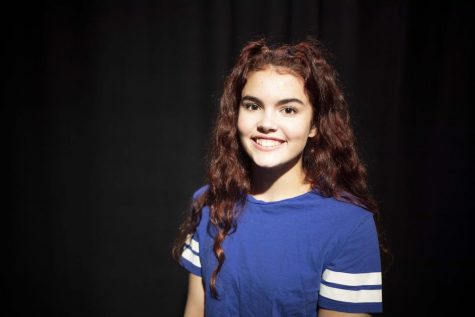
The need for a second home was eating at Zoe Barnett, junior, so much that she would take on anything that would make her feel at home. This attitude can...
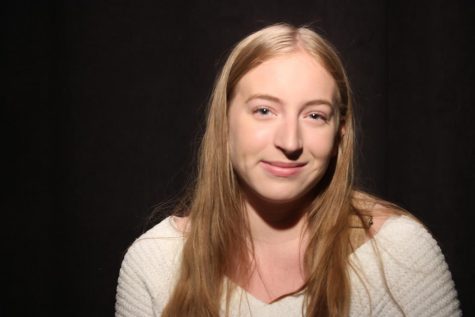
Speaking up for herself and others has never been an issue for Paige Rodriguez, senior. Now, she’s decided to add writing to the mix.
“I love the...

























![Game, set, and match. Corbin Atchley, sophomore, high fives Sanam Sidhu, freshman, after a rally with other club members. “I just joined [the club],” Sidhu said. “[I heard about it] on Instagram, they always post about it, I’ve been wanting to come. My parents used to play [net sports] too and they taught us, and then I learned from my brother.”](https://wlhsnow.com/wp-content/uploads/2024/03/MG_7715-2-1200x800.jpg)
![At the bottom of the third inning, the Lions are still scoreless. Rowe stands at home plate, preparing to bat, while Vandenbrink stands off to the side as the next batter up. Despite having the bases loaded, the team was unable to score any runs. “It’s just the beginning of the season. We’re just going to be playing out best by June, [and] that’s where champions are,” Rowe said.](https://wlhsnow.com/wp-content/uploads/2024/03/IMG_3077-1200x900.jpg)





![The teams prepare to start another play with just a few minutes left in the first half. The Lions were in the lead at halftime with a score of 27-0. At half time, the team went back to the locker rooms. “[We ate] orange slices,” Malos said. “[Then] our team came out and got the win.”](https://wlhsnow.com/wp-content/uploads/2023/10/IMG_2385-1200x800.jpg)







































































